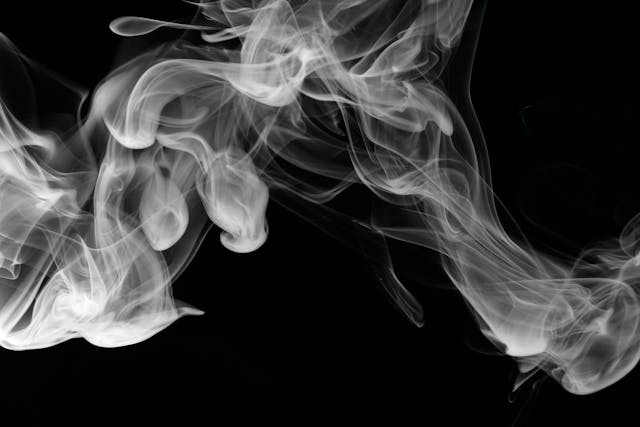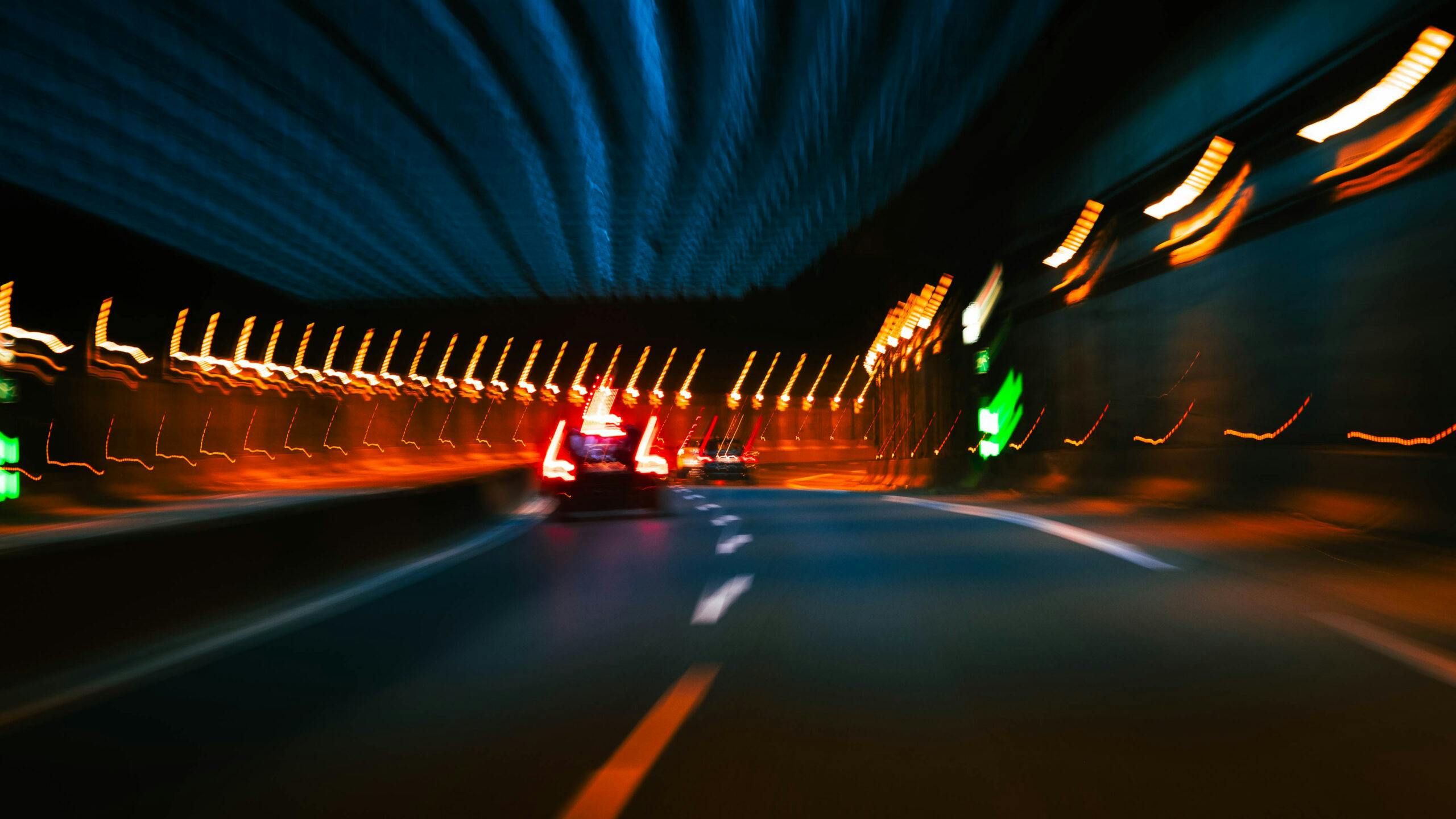Media | Articles
NHTSA’s “advanced notice” on drunk driving prevention asks more questions than it answers
The National Highway Traffic Safety Administration has issued a 99-page document that serves as an “Advanced notice of proposed rulemaking.”
The topic is “Advanced Impaired Driving Prevention Technology.”
And you know what that means: “This document initiates rulemaking that would gather the information necessary to develop performance requirements and require that new passenger motor vehicles be equipped with advanced drunk and impaired driving prevention technology through a new Federal Motor Vehicle Safety Standard.”
In other words, the document is a callout to manufacturers and even aftermarket outlets to engineer software and hardware that would prevent drunk and impaired driving. The notice also covers drowsy driving, “driving while experiencing an incapacitating medical emergency or condition, or any other factor that would diminish driver performance and increase potential crash risk.”
There’s no question, NHTSA says, that alcohol is by far the worst culprit here. The agency cites figures from 2021 that 12,600 traffic fatalities were caused by “alcohol impairment.” Add that to the 13,400 fatalities “involving alcohol,” while “distracted driving” caused 12,400 fatalities and drowsy driving caused 684.
Marketplace
Buy and sell classics with confidence
NHTSA itself “is actively involved in cutting-edge research to help develop technology to quickly, accurately, and passively detect a driver’s BAC [blood alcohol content]. Upon completion of this development work, this technology may prevent drivers from shifting their vehicles into gear if they attempt to operate the vehicle at a BAC above the legal limit.”
NHTSA says the technology must be a passive system, so presumably it would not require a driver to blow through a tube into a sensor, which is often used as an alcohol ignition interlock, typically for people who have been convicted of a DUI. “It is worth emphasizing that the current… breath sensor requires a directed puff of breath toward the sensor and would therefore not be considered passive,” and passive is NHTSA’s goal here. It does say that if a sensor is developed that could accurately defect a BAC without that “directed puff of breath,” it “may” be considered passive.
“Impaired” driving, of course, can involve drug use, but that really isn’t addressed at length in NHTSA’s notice. “The technology and testing protocols for drugs other than alcohol, in the driving context, are not mature enough to indicate the degree of impairment and the risk of crash involvement that results from the use of individual drugs. Therefore, drugged driving is beyond the scope of this rulemaking effort but remains important to the Department and agency as it addresses fatal and serious crashes.”
This includes marijuana usage: “Current knowledge about the effects of cannabis on driving is insufficient to allow specification of a simple measure of driving impairment outside of controlled conditions.”

NHTSA addresses the fact that tolerances for alcohol typically grow with heavy use, and that for a novice drinker, impairment can come at a BAC level below the much-adopted legal standard of .08 percent. Measuring the alcohol on the breath of a driver becomes an imperfect science, and NHTSA is interested in alternative technologies to measure BAC and back it up with additional technology, such as camera scanning.
One possible, partial solution: Using “touch- or tissue-based detection of light absorption at pre-selected wavelengths from a beam of light reflected from within the skin tissue after an optical module is touched. In other words, BAC is calculated… after someone touches a sensor and that sensor calculates the BAC level in the person’s blood.” NHTSA cites research dating back to 2007 that purports to detect alcohol in sweat left by a driver on the steering wheel, but that doesn’t seem to have progressed very far.
NHTSA is encouraged by the increasing use of cameras in newer vehicles that can detect, among other things, eye movement or pupil closure, which then usually post a digital message to the driver that he or she might benefit from a break or a cup of coffee. This sometimes dovetails with technology that monitors steering input, for example crossing the line from one lane to the other.

NHTSA recognizes that alcohol often causes drowsiness and inattention, and it is planning further research along those lines. The NHTSA report cites research done by Volvo, General Motors, Toyota, Nissan, Volkswagen and Hyundai. On December 13, 2023, the day after NHTSA published its notice, Automotive News cited a statement made by the Alliance for Automotive Innovation, a Washington, D.C.-based representative of multiple automakers, that said, “Every single day automakers are working to make vehicles safer and smarter and to help address avoidable tragedies caused by behavior like drunk driving.”
The same story cites a response that GM CEO Mary Barra gave when asked about NHTSA’s notice. “We have technology to do that. I think that’s technology that’s coming that I think is going to be good for everyone,” she said in an interview with Economic Club Chairman David Rubenstein.
The final 30 pages of the report are largely dedicated to questions NHTSA poses regarding anti-impaired driving technology, such as how easy might it be to circumvent an alcohol detection system; how often false positives might occur, and how ready the public is for such systems. The report cites a small Johns Hopkins survey that found that “64.9 percent of respondents either agreed or strongly agreed with the statement, ‘All new cars should have an automatic sensor to prevent the car from being driven by someone who is over the legal alcohol limit.'”
No one is for alcohol-impaired driving, and the report devotes a lot of space outlining drunk driving initiatives that involve laws passed, public awareness campaigns and similar non-hands-on approaches, but with the rising rate of alcohol-related fatalities, they don’t seem to be working. Reliable—and underline “reliable”—in-car detection systems appear to be years away, but at least NHTSA is asking the right questions.
***
Check out the Hagerty Media homepage so you don’t miss a single story, or better yet, bookmark it. To get our best stories delivered right to your inbox, subscribe to our newsletters.





How about technology that disables the cell phone when the vehicle is in motion instead? I estimate based on observation that at least a third of all (mainly young) drivers are actively texting, swiping, or engaging on their handheld devices…couple that with ignorance of traffic laws (slower traffic keep right), and you have traffic chaos and mayhem. Driving distracted (whether from alcohol or not) requires some sanction…karma’s good enough for me…more government is NEVER the answer.
AMEN to your suggestion! Distracted driving is an ever-increasing danger.
Karma hasn’t been very effective… repeat offenses show that.
It’s not “more government” that’s being proposed; it’s better enforcement.
Surely no-one would want drivers to be unlicensed — laws exist for very good reasons: of public safety.
Steve from Ft. Worth,
Absolutely agree… This cell phone BS has gotten way outta hand
I have been run off the road by both DUI and Distracted drivers.
I wish they would just up the penalty vs making the rest of us pay for it with some convoluted system on our cars.
Drink and Drugs are bad and people need to feel the pain if 5hey are to change. Right now they just skip the court date and keep driving impaired. I’m
Foty-three years ago, my niece was killed by a drunk driver. The guy had a ticket for distracted driving in the glove box. My wife, daughter, and daughter’s friend were hit by a drunk driver 26 years ago. Had it not been for my wife’s quick evasive action, it would have been head-on (at highway speed). As it was, each of them sustained moderate injury as opposed to almost certain death. This happened about 10:30 p.m. The drunk had been kicked out of several bars in several towns up the highway from us – starting at about 10:30 a.m. – and was even stopped by police about 3:30 p.m. and told to go somewhere to sober up. Instead, he drove to the next town and a different bar. Obviously, after drinking ALL DAY and half the night, he had not found a park bench to sleep it off, and was still on the road when he met my wife’s car (not 3/4 mile from our house).
I’m not typically in favor of more government intrusion, but knowing that if that cop had arrested the drunk seven hours prior, the girls and Mrs. DUB6 would never have met him, I’m kind of leaning toward some sort of device that won’t allow impaired driving. It’s a tough call, but based on this personal experience, I would’ve certainly voted for it that night. In this case, enforcement let us down, and as long as people are part of the equation, that’ll happen (refs made bad calls, judges sentence innocent people, emergency rooms exist because people make bad or stupid decisions) – so, if we can mechanically keep those who should not be driving off the road, I’m for it.
Now, as to Steve from Ft. Worth’s suggestion that we also disable vehicles where there are active cell phones present, it has a few sticking points, for sure, but like many of you, I see those yokels every day with their phones up while driving, so I do think there is some worth to the concept.
Any of this related to the kill switch legislation being imposed on manufacturers?
I have ZERO tolerance for drunk driving.
That said, I don’t want my car surveilling me, especially when there is no evidence whatsoever of any wrongdoing. That’s too much big brotherism, and it only gets worse. I’ve already seen reports of insurance companies being very interested in this technology, and wanting the BAC results reported directly to them, whether the results are high or low. That’s a horrifying thought. I think the better answer is increased enforcement and more severe penalties that are actually enforced.
Moreover, I think the notion that drunk driving, horrible as it is, is the biggest problem is simply false. Texting and other forms of distracted, driving, I think, hurt and kill far more people. Relatively few people drive drunk during the day, but an appalling and stunning number of people are texting, shopping, internet surfing, etc. ALL THE TIME. Just look around at other drivers, and you’ll see it continuously. Old and young do it. I see it while driving. I see it while walking and watching cars go by. It’s pervasive, and it is somehow being tolerated. It is killing tens of thousands of people. It’s no accident (pun intended) that the highway fatality rate, having steadily decreased for 60 or so years, started to increase again around the time that “smart” phones became popular. I personally know of too many deaths caused by texting while driving, and the number of close calls I’ve seen is innumerable. It’s worse than drunk driving or speeding. Notably, texting is often combined with those. More than anything else, texting (and similar things) while driving must be stopped.
I tend to favor more stringent penalties rather than increasing, and costly, vehicle content. Also, any vehicle systems will probably not be applied to older vehicles, and will, thus have less immediate effect. The insurance companies can also play a role by significantly higher rates for a DUI.
I have read where some European countries have significantly more stringent penalties than the U.S. How do their crashes, deaths, and injury rates compare?
I have heard cases of a driver with multiple DUI offenses still being out on the road and eventually killing or seriously injuring someone. Why is that allowed to happen?
I realize that any more stringent legislation may not be overly popular, but it is time that the lawmakers and courts step up to their responsibilities and take these drivers off the road.
Not to argue the case for DUI, but I have read some crituques of those DUI caused fatalaties that say the numbers are inflated due to incorrect police reporting (passenger was intoxicated, driver was not or DUI driver not at fault) or situations where the impaired individual was a drunken pedestrian. (See “Friends Don’t Let Friends Walk Home Drunk” in the book “Freakonomics”.)
To add some levity to a serious discussion, check out the DUI test Steve Marting has to undergo in “The Man With Two Brains”. I do not remember the whole test but part of it involved juggling three balls. “Boy, these Swedish DUI tests are hard.”
According to the DOT in 2022 there were 146 billion passenger vehicle trips. Even if an immobilizer is 99.9% accurate it still leaves 146 million failures. What happens when it fails in an emergency? The seat belt ignition interlock in the early 70’s and the automatic shoulder belts in the 80’s each only lasted 2 years due to failures and consumer backlash.
So we’re just supposed to leave it to “stricter enforcement and higher insurance rates for offenders”? C’mon folks. Most admit they see all kinds of drivers using phones and/or otherwise driving distractedly. This, to get heightened enforcement, we’re gonna need more cops – a LOT more cops. Can’t just expect our underpaid, underappreciated current forces to keep a closer eye on the ever-expanding numbers of drivers. Who’s gonna pay for those cops? In my area, we can barely support the size of force we have. And how big an impact will raising insurance rates for offenders have? The guy who nearly killed my wife didn’t even HAVE insurance (and had four prior DUIs in three states). Do you think increased premiums were going to keep him off the road that night?
I find it interesting that folks want all kinds of technology amenities built into their cars, but an anti-impairment lock is just “too much government intrusion into my freedom”.
I do NOT want “all kinds of technology amenities” in my car. Nor do I want my car to medically monitor me when there is absolutely no evidence or cause to suggest I’m about to violate the law or do something lethal. None of this is perfect, and there is no perfect solution, this is a steep and slippery slope. I’d much rather pay for more cops than for intrusive technology. Also, enforcing existing legal penalties or making them more strict, so that offenders are kept off the roads, does not require more cops or more money.
I wonder why the carnage caused by drunk driving, including non fatal accidents, doesn’t receive the same media and political attention that misused guns get. There have several alcohol related wrong-way driver accidents recently in Utah that have made the news. But that brings up another subject.